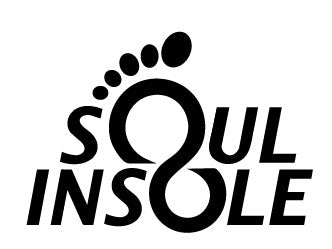This content is not intended to be a substitute for professional medical advice, diagnosis, or treatment. Always seek the advice of your physician or other qualified health provider with any questions you may have regarding a medical condition.
Flat Feet

What is the meaning of the term “flat feet”?
Flat feet, also known as fallen arches, is a postural deformity in which the whole sole of a foot rests flatly on the ground while standing. It is a condition where the foot arch is lower than normal i.e. where your feet press flat on the floor as a result of no arch or low arches. The condition can either be acquired (developing as a result of age or injury) or congenital (happening at birth).
All babies have flat feet which usually last until they are around the age of 2 or 3. Fallen arches in children are generally temporary and mostly resolve without intervention.
Flat feet may affect only one foot and may or may not necessarily cause any pain for the affected person. A range of fifteen to thirty percent of the general population are affected by some level of flat-footedness. It is more common in women above 40 and people who are obese.
25% of individuals with flat feet experience pain and have disabilities including misalignment or lack of balance as a result. Some people do not experience any form of problem or discomfort with the presence of a very low arch or no arch.
Causes of flat feet
Flat feet can occur or arise as a result of various factors, sometimes resulting to varying degrees of pain in the foot, pain in the legs, reduction in the ability to walk or actively perform some activities. Some of these causes are:
- Genetic factors: which can be passed from parents to offspring.
- Pregnancy: sometimes leading to temporary or permanent flat-footedness as a result of increased production of elastin, which increases the elasticity of skin and connective tissues.
- Rheumatoid arthritis: a condition in which the immune system affects its own joints.
- Damage or inflammation of the posterior tibia tendon which helps connect a lower leg, along the ankle, to the middle of the arch.
- Foot or ankle injury
- Broken or dislocated bones.
- Obesity sometimes causes low or flattened arches
- Aging
- Diabetes
Some of the injuries caused by flat feet includes tarsal tunnel syndrome, plantar fasciitis, shin splints, Achilles tendonitis, bunions, hammertoes, arthritis in the ankles or foot, and so on.
Can you fix flat feet?
Exercises and some simple devices can help reduce the discomfort and get the arches back into alignment.
Some of the exercises that can help fix flat feet include:
- Pointing the toes
- Picking up things with the toes
- Balancing on one foot at a time
- Calf stretch like lunges or reaching for the toes or heel raises of the edge of a step
- Arch muscle strength exercise or arch lift - plant all four corners of the feet down for the exercise, tilt the ankles outward, tighten the glutes, tilt the pelvis forward to help raise the arches.
Check out this video to learn some really great foot exercises: https://www.youtube.com/watch?v=r14hGOiFyC0&t=2s)
Another major treatment for flat feet is the use of orthotic devices to support your arches and prevent them from collapsing. These devices help reduce stress on the feet and improve alignment for the feet and ankles. Orthotics can also help absorb impact and improve your foot posture while walking and standing. By adding the right amount of posting or arch support to stop over-pronation, this can reduce risks of injury as well.
If you are wondering how to choose the best insoles for flat feet, we recommend a soft, flexible support with arch support and/or posting.
#1 Recommended Orthotic For Flat Feet – Also helps to relieve heel and arch pain.

#1 Recommended Heel Wedge For Flat Feet – Can be used for over pronation or over supination




